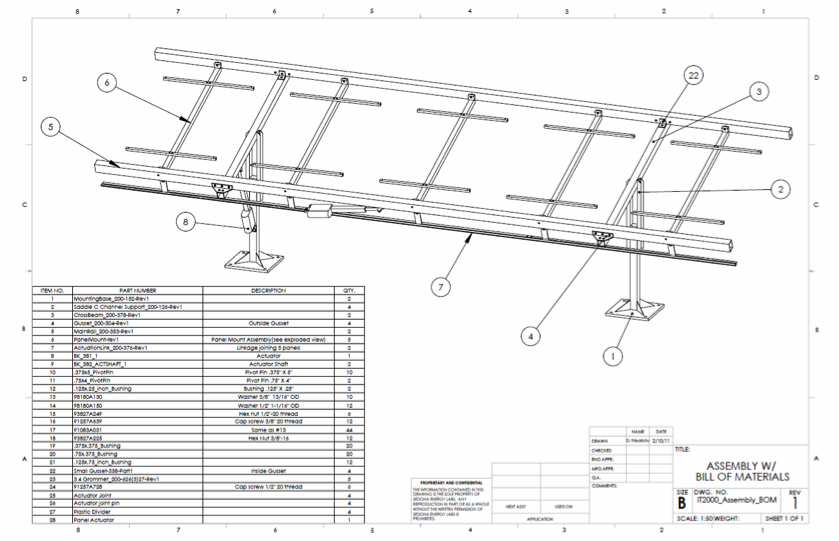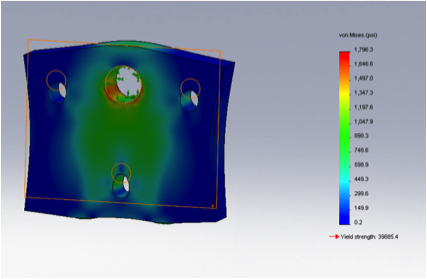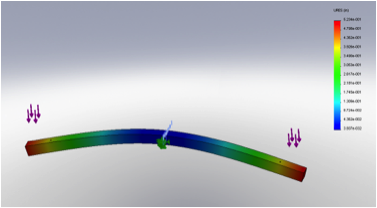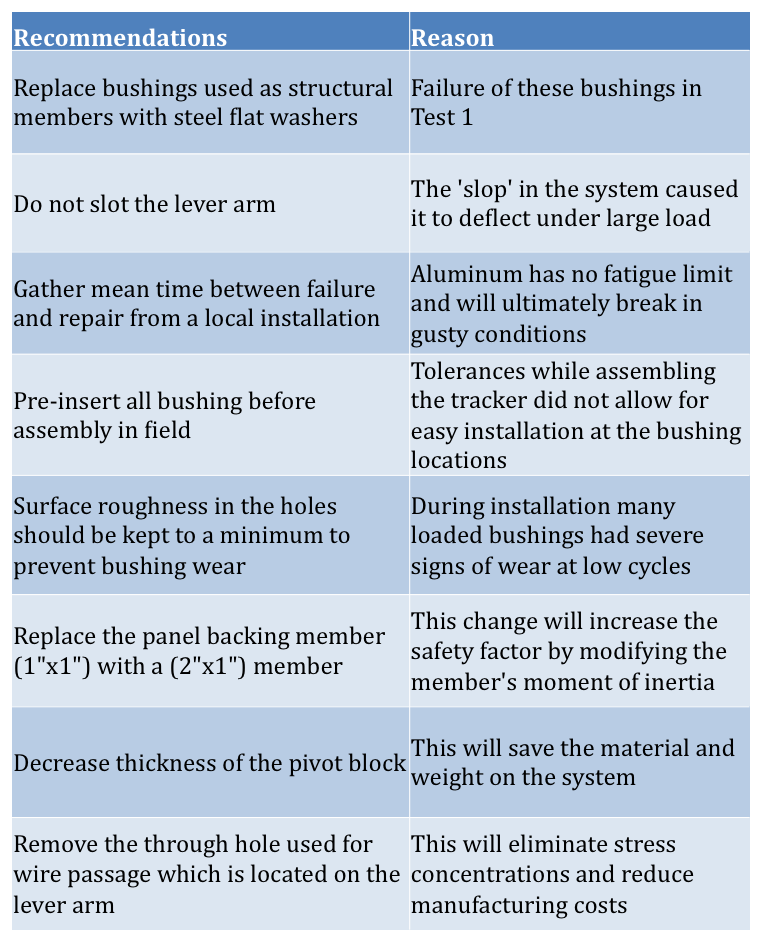
| Home |
·
We delivered
manufacturing drawings to SEL that
will aid them in the production of the IT2000.

----This drawing is part of a set of drawings that Sedona Energy Labs
can send out to have the IT2000 manufactured on a larger scale than is
possible in Flagstaff. All of the drawings that were done by our
capstone team were fully defined using SolidWorks CAD package.
·
A set of
recommendations were written to help Sedona Energy Labs improve the
current IT2000
Test Recommendations
This recommendation was carried out by the use of a document known as the Local Installation Procedure. This document is intended to outline a procedure that will test the system under natural dynamic wind loading. This is necessary to satisfy sections 12.10.1 and 12.10.2 of the IEC6xxxx solar tracking compliance document which is one of the only solar tracking system compliance documents. The Local Installation Procedure suggests places to mount the tracker, particular test to run with a bill of materials and estimated budget as well as outcomes that should be achieved by local installing the system.



· The IT2000 was statically loaded with the equivalent force of a 90 mph wind, satisfying the IEC6xxxx sections: 5.13.2, 5.13.3
This conclusion was one of the most important objectives of the project. We set out to verify, based on current industry standards, that the IT2000 met the minimum wind loading certifications. Based on the certifications listed in the EIC6xxxx compliance document, the IT2000 is in compliance with today's industry standards. This is important to Sedona Energy Labs because before they produce this system on a large scale they would like to have the confidence that says their system will not fail under regular wind loading.